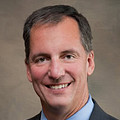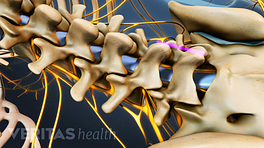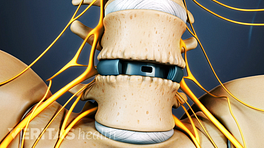In a spinal fusion, a solid bridge is formed between two vertebral segments in the spine to stop the movement in that section of the spine. Bone graft and/or bone graft substitute is needed to create the environment for the solid bridge to form.
The bone graft does not form a fusion at the time of the surgery. Instead, the bone graft provides the foundation and environment to allow the body to grow new bone and fuse a section of the spine together (into one long bone).
At the time of the fusion surgery, instrumentation (e.g. screws and rods) is typically used to provide stability for that section of the spine for the first few months after surgery; over the long term, a solid fusion of bone that has healed together provides stability.
This article reviews the main options available for bone graft. These include using the patient’s own bone (autograft), using cadaver bone (allograft), using a bone graft substitute or bone morphogenetic protein (BMP). Some may be used in combination with each other during the spine surgery.
In This Article:
Bone Graft Considerations
There are a number of considerations to evaluate when deciding which type of bone graft options to use. The main factors to be taken into account include:
- Type of spinal fusion (e.g. ALIF, PLIF, posterolateral gutter)
- The number of levels of the spine involved
- Location of fusion – (neck fusion or lumbar fusion)
- Patient risk factors for non-fusion (e.g. if patient is obese, a smoker, poor bone quality)
- Surgeon experience and preference.
To date, using the patient’s own bone is considered the gold standard. However, this is not the best option for all patients.
In an effort to reduce the surgical risks and possible complications with using the patient’s own bone, and to enhance rates of fusion, the spine medicine community is focusing resources on developing better options.









